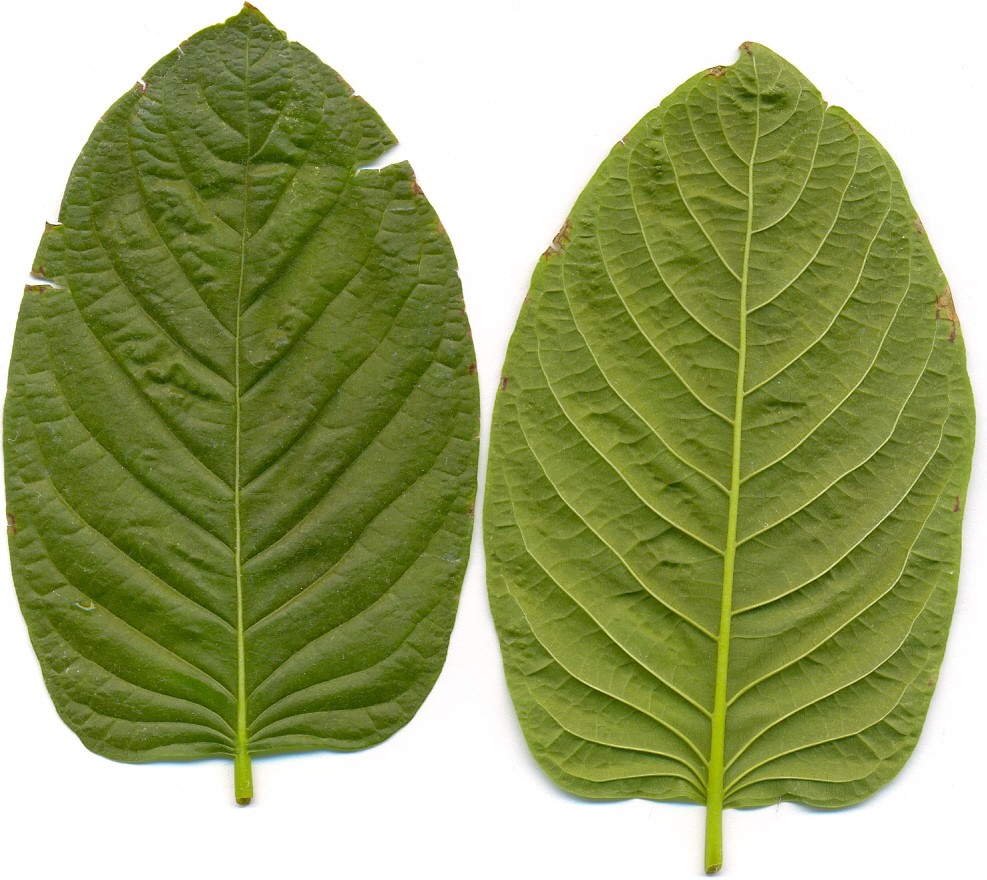
After a storm of Internet protests and the intervention of Congress and the American Kratom Association, the Drug Enforcement Administration is withdrawing its proposal to have the active ingredients of the kratom plant classified with hard drugs like heroin and cocaine.
As we reported at the time, the DEA in August announced its intent to seek kratom or ketum's inclusion in Schedule I of the Controlled Substances Act “to avoid an imminent hazard to public safety.” Schedule I drugs, which for dubious reasons also apply to marijuana, are the worst of the worst, according to the federal government.
But the DEA now says it is yanking its proposal due to a public backlash and feedback from a bi-partisan coalition of House and Senate members.
Here is the document posted to the Federal Registry signaling the DEA's intent.
The consumer group American Kratom Association says the DEA's new intent does not go far enough, calling on the administration to “immediately suspend” the proposal to effectively ban the natural herb.
“AKA believes any decisions regarding kratom’s status must be accomplished through a transparent, science-based process with full opportunity for input from all stakeholders,” explains Susan Ash, the nonprofit's director. “Consumers who safely use kratom, the small businesses that have been involved in the kratom industry in the United States for decades, and scientists who have conducted, and who are in the process of conducting, important research on kratom, must be included in the process.”
Travis Lowin, director, Botanical Education Alliance, seconds that emotion: “The DEA missed the mark here and it would be a gross miscarriage of due process to simply tell millions of American consumers and the legal businesses that serve them that they are now felons. The DEA has a strict set of rules it is supposed to follow for an emergency scheduling of a drug and kratom meets none of those tests. There are reasonable limits on the power of what government can do precisely to avoid situations like this where legal consumer conduct and legitimate free enterprise would otherwise be crushed overnight by indiscriminate use of the power of government.”
Coming from a tropical tree within the coffee family and indigenous to Thailand, Malaysia, Myanmar and other areas of Southeast Asia, kratom is used in the places where it grows as a traditional medicine to treat pain, coughs, diarrhea, mood swings and intestinal infections. The plant is repurposed as a powder, capsules, tablets, liquids, gum/resin and a patch for consumption.
 In this country, kratom is also used recreationally, with some companies marketing it as a safe, legal alternative to illegal drugs. Some drug rehabs have programs specifically aimed at kicking kratom addiction, and some treatment facilities use it to ween abusers off other substances.
In this country, kratom is also used recreationally, with some companies marketing it as a safe, legal alternative to illegal drugs. Some drug rehabs have programs specifically aimed at kicking kratom addiction, and some treatment facilities use it to ween abusers off other substances.
Law enforcement nationwide has seized more kratom in the first half of 2016 than any previous year, according to DEA findings that were cited in the original intent to have kratom classified a Schedule I.
However, the AKA points to the findings of Dr. Jack Henningfield, “one of the world’s leading experts on drugs of abuse and addiction therapy,” who studied the data and found a “remarkable record of safety” and “little evidence of dependence or serious adverse events” among millions of kratom users, adding there were “no documented kratom-caused overdose deaths.”
The AKA says kratom use is prevalent among disabled Americans, military veterans and consumers who prefer natural products over those made in labs.
“Kratom use is ancient, not 'rapidly' emerging,” reads the AKA letter calling for suspension of the DEA's targeting of the plant. “Kratom is not a new 'designer drug' concocted to avoid existing DEA controls; it is a natural botanical substance openly marketed primarily as a natural-source consumer product. Kratom is not intensely reinforcing, leading to destructive behavior. In fact, the evidence is far more compelling that kratom is a staple of self-care that allows individuals to lead their lives productively and without unnecessary reliance on more harmful substances.”

OC Weekly Editor-in-Chief Matt Coker has been engaging, enraging and entertaining readers of newspapers, magazines and websites for decades. He spent the first 13 years of his career in journalism at daily newspapers before “graduating” to OC Weekly in 1995 as the alternative newsweekly’s first calendar editor.

